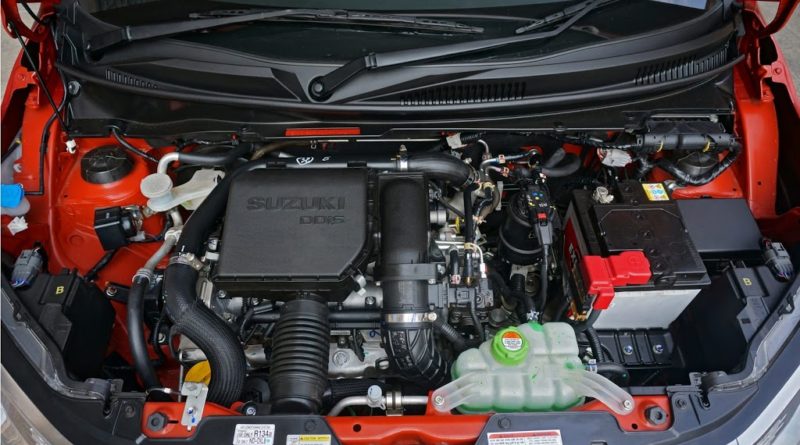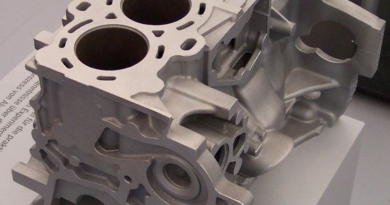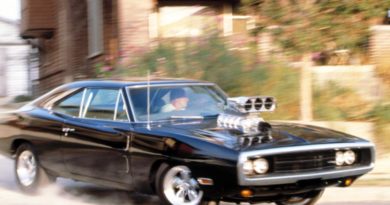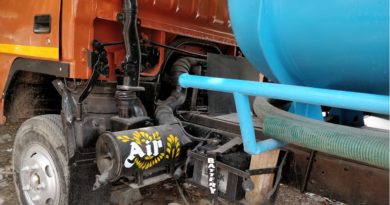Working of diesel car engine
Diesel cars are becoming more popular day-by-day due to it’s better fuel economy and most of us think it’s diesel fuel which gives us better efficiency. Its kinda correct but not completely, to take the best out of diesel we also need best suited engine which can help us in achieving so. That was achieved by Rudolf Diesel back in 1892 with invention of diesel engine and from then technology kept on improvising to make it more environment friendly along with better mileage value (read more on why diesel engine are fuel efficient than petrol engine).
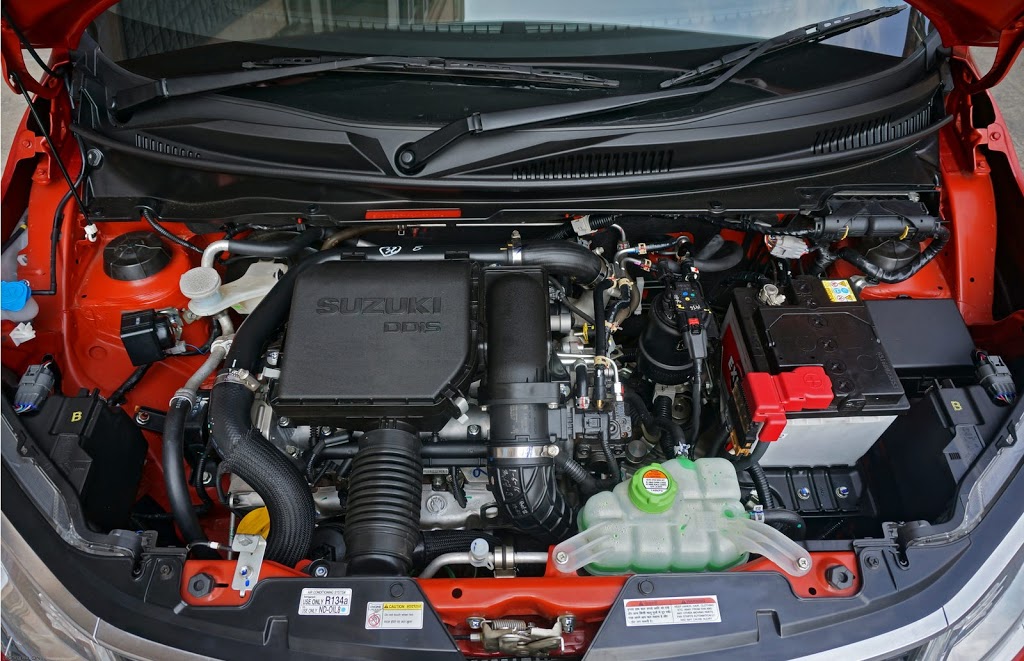 |
| Diesel Engine Bay (Image Source: Team BHP) |
Diesel engines are also called as Compression Ignition (CI) engine due to the compression technique involved in igniting the fuel for achieving combustion. When we are talking about diesel engine, we need to know the fuel property of diesel to get better idea on why particular technique is applied in the engine –
- Volatility: Diesel is less volatile fuel i.e, it won’t evaporate easily to mix with air. This is the reason diesel is not sent into combustion chamber along with air. Only air comes into cylinder and is compressed alone, hence higher compression ratio is achieved without worry of fuel auto-ignition.
- Auto-Ignition Temperature: Diesel has lower self-Ignition temperature so doesn’t need external source (spark plug) to ignite it. Fine atomized spray of diesel over highly compressed air helps in achieving controlled combustion.
- Intake stroke: Air gets sucked into the cylinder during this stroke.
- Compression stroke: During this stroke, air is compressed with high compression ratio in order to achieve required temperature inside the combustion chamber. When piston is about to reach the top of the cylinder, atomized mist of diesel is injected to combustion chamber via. fuel injector. This results in immediate burning of diesel in already heated air and heat is released generating expanding force – Power.
- Power stroke: Due to burning of diesel, lot of energy is produced and this pushes the piston downwards resulting in generation of mechanical power which passes onto crankshaft as rotatory motion via. piston’s reciprocating motion. Rotatory motion from crankshaft is then passed to the wheels via. gearbox.
- Exhaust stroke: Post completion of power stroke, piston moves up and removes the residual gases out from the combustion chamber via. exhaust valve. This clear-up the combustion chamber for next cycle to commence.
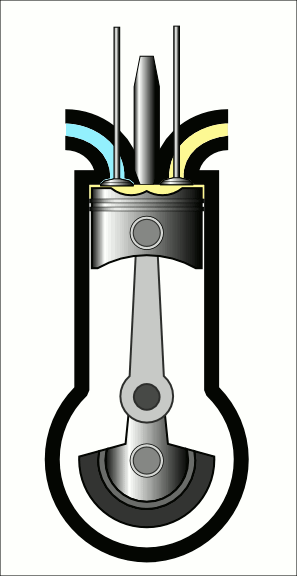 |
| Diesel Engine – 4-Stroke (Image Source: Wikimedia) |
- Reduced noise & vibration
- Reduced smoke, particulates & emission
- Increased fuel economy
- Higher power output even at lower rpm

